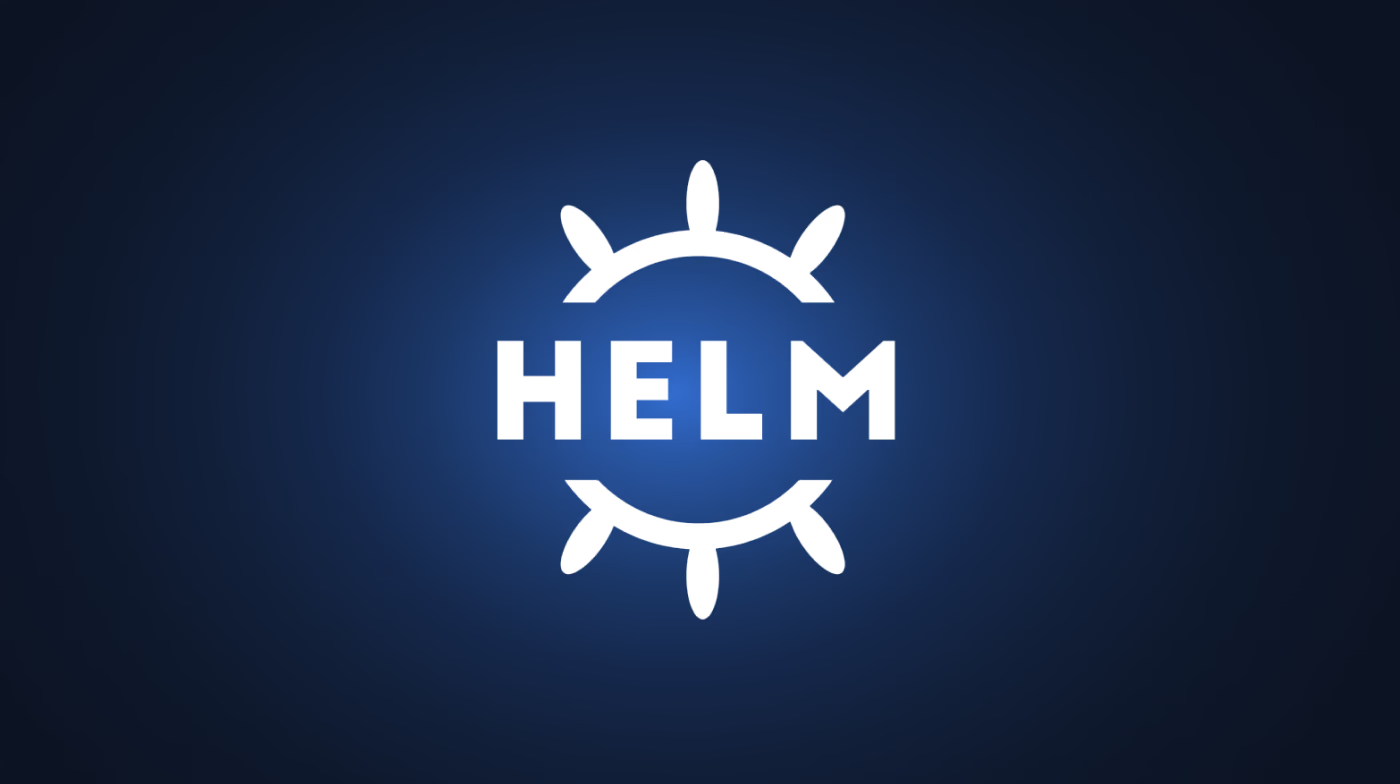Introduction to Helm
A comprehensive guide to Helm, the Kubernetes package manager, covering its features, benefits, limitations, and how it simplifies application deployment and management in Kubernetes environments.
Introduction
Helm is a package manager for Kubernetes that helps you manage and deploy applications. It simplifies the process of installing, upgrading, and managing applications on a Kubernetes cluster.
What is Helm?
- Helm is a package manager for Kubernetes, akin to apt for Debian, yum for RedHat, brew for MacOS, or npm for NodeJS.
- With Helm, we can:
- Package multiple Kubernetes manifests (called templates) into a single chart.
- Deploy, update and manage all the manifests from a chart with a single command.
- Thoroughly customize the templates with Go templating features and custom values files.
- Create and leverage reusable charts available either publicly or privately.
- Leverage charts for versioning your application.
- Easily automate testing your charts with Helm hooks and the helm CLI.
- Helm is composed of two main components: Helm Charts and the Helm client.
Helm Charts- A Helm Chart is a collection of files that describe a set of Kubernetes resources.
- It includes templates, values, and metadata that define how the application should be deployed.
- Helm Charts are versioned and can be easily shared and reused.
Helm Client- The Helm client is a command-line tool that interacts with the Kubernetes API server and manages the lifecycle of Helm Charts.
- It allows you to install, upgrade, and uninstall applications on a Kubernetes cluster using Helm Charts.
Challenges with K8 Manifests
- Deploying applications with just Kubernetes poses many challenges:
- Complexity in Resource Management
Multiple Resource Definitions and Dependencies: Deployments, Services, ConfigMaps, Secrets, etc. - managing everything in individual YAML files quickly gets overwhelming.
- Error-prone Manual Edits
Syntax and Configuration Errors: Manual YAML edits are prone to syntax issues, misconfigurations, or inconsistent object names.Human Error: Manually ensuring each resource is configured correctly is challenging,
- Environment Configuration Overload
Duplication: Managing different configurations can lead to repetitive, nearly identical YAML files.Limited Scaling of Kustomize: Lacks flexibility for complex, multi-environment deployments.
- Version Control and Rollbacks
Tracking Changes: Maintaining version history for each YAML file is challenging and can result in configuration drift.Rolling Back: In case of failure, there’s no straightforward way to revert to a previous state.
Benefits and Limitations
| Benefits | Limitations |
|---|---|
Simplified Deployment Process: Easier to make sure all necessary Kubernetes components are installed, as well as to manage updates and patches across multi-component deployments. | Learning Curve: Helm introduces new concepts like templating and a specific chart structure, so it might take a while to get used to it. The Go templating language is also very rich and sometimes not straightforward. |
Consistency Across Environments: Ensure that deployments are consistent across your environments, while allowing environment-specific configuration via value overrides. | Over-templating and Hard-to-Maintain Charts: For simple applications, Helm might add unnecessary complexity. We might also run into the problem of over-engineering the templates, making them more complex and harder to maintain than necessary. |
Efficient Release Management: Perform upgrades and rollbacks of entire applications with single commands. | Security Implications: using community charts requires careful review to avoid vulnerabilities. |
Enhanced Collaboration: Thousands of very useful charts are available in public repositories, and teams and companies can leverage private repositories to share and review charts, promoting consistency, standardization, and best practices. Helm also encourages documenting your Charts thoroughly, thus leading to easier-to-use reusable components. | Release State is stored in the Cluster, which means deleting it can lead to inconsistencies in Helm. Additionally, manually changing the deployed objects will lead to configuration drift between what Helm thinks is deployed and what is actually deployed. |
Versioned Deployments: Versioning charts goes a long way in ensuring stable versions of your packaged application. | Upgrades might be challenging to perform, and small mistakes in versions (for example, bumping only the minor version for something that should be considered a breaking change) can lead to big problems in upgrades. |
Templating Flexibility: Allows you to go beyond the limitations of Kubernetes and Kustomize to create truly flexible and configurable applications. |
Getting Started with Helm
- To get started with Helm, you’ll need to install the Helm client on your local machine.
- You can find installation instructions for your operating system in the Helm documentation.
- Once you have Helm installed, you can start using Helm Charts to deploy applications on your Kubernetes cluster.
- Helm provides a set of commands to manage Helm Charts, such as
helm install,helm upgrade, andhelm uninstall. - You can find more information about these commands in the Helm documentation.
Conclusion
Helm is a powerful tool for managing applications on Kubernetes. It simplifies the process of deploying and managing applications, making it easier to work with Kubernetes. By using Helm Charts, you can easily share and reuse application configurations, improving the productivity and efficiency of your development and deployment workflows.
In future blog posts, we’ll explore more advanced features of Helm and dive deeper into Helm Charts. Stay tuned!
Happy Helm-ing!
